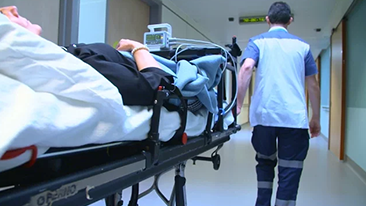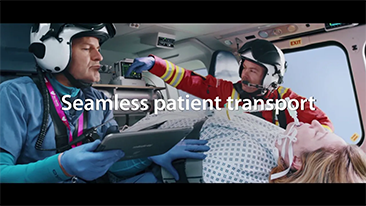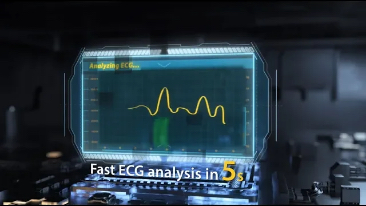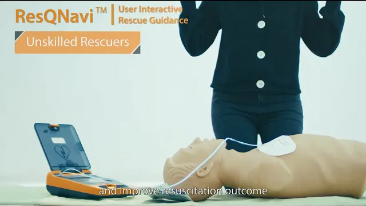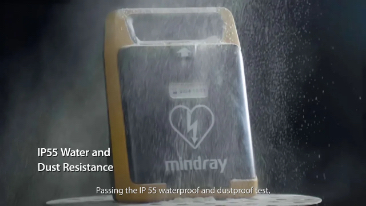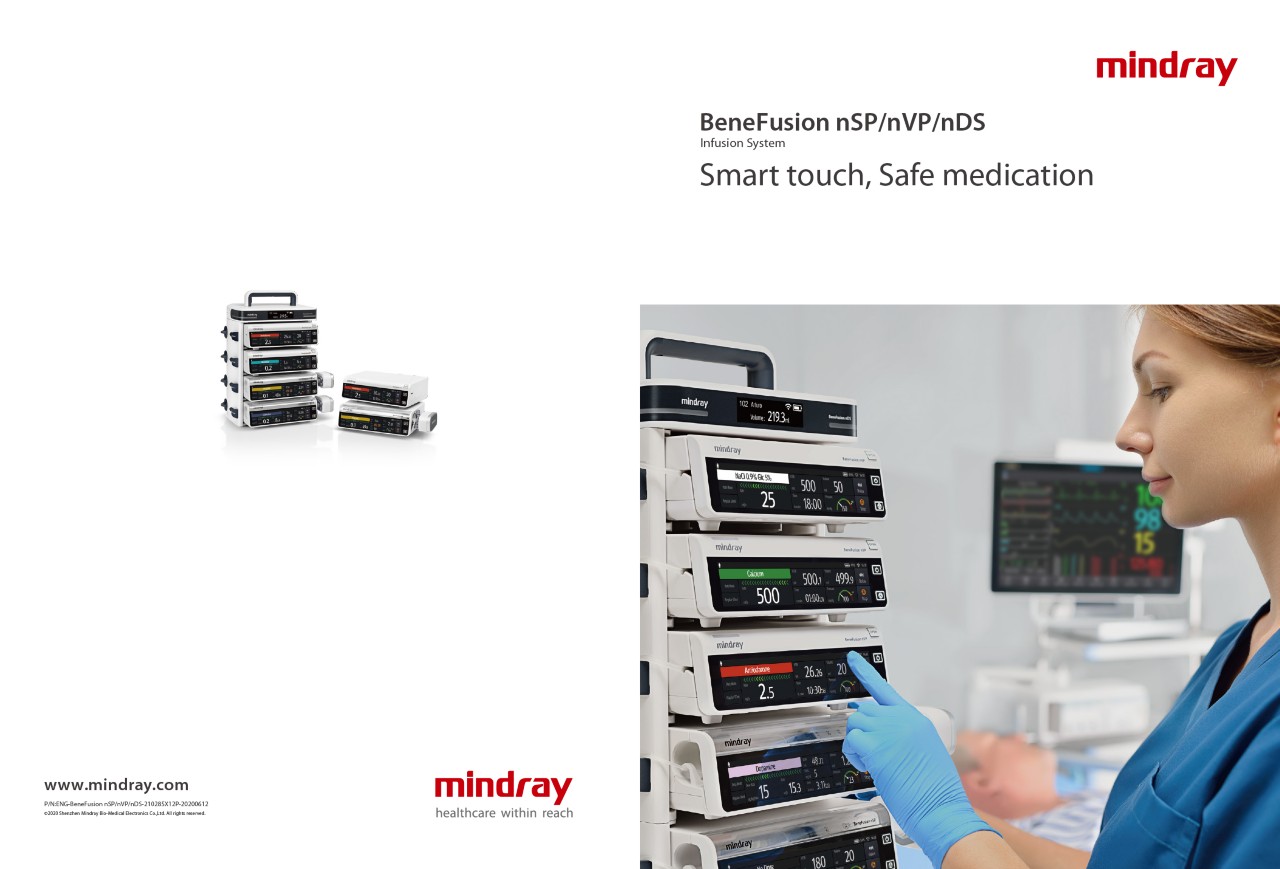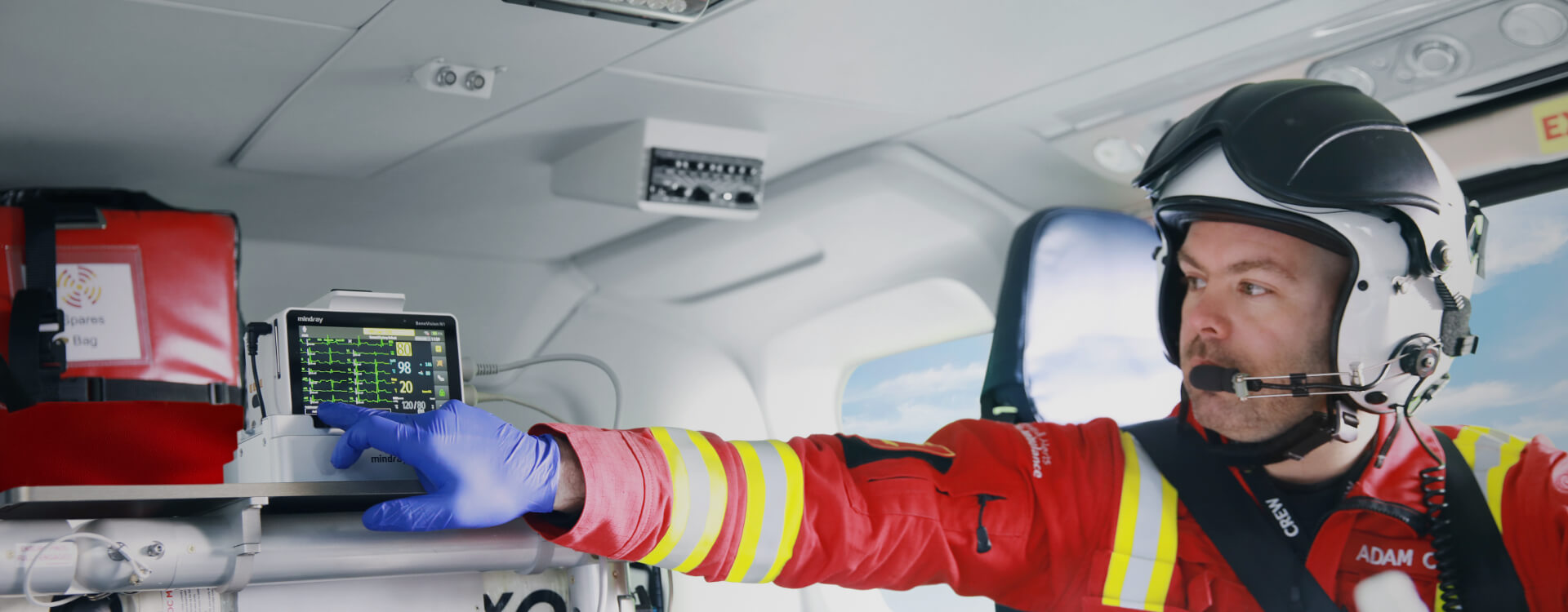
Emergency Care Solution
Mindray's Emergency Care Solution addresses clinical challenges through a systemic approach. The solution covers the entire emergency care process from pre-hospital rescue and ambulance transport to ER treatment and in-hospital transfer. The integration of automated and manual defibrillators, patient monitors and various information management systems supports clinicians at all points of care, and guarantees the integrity and continuity of patient data.
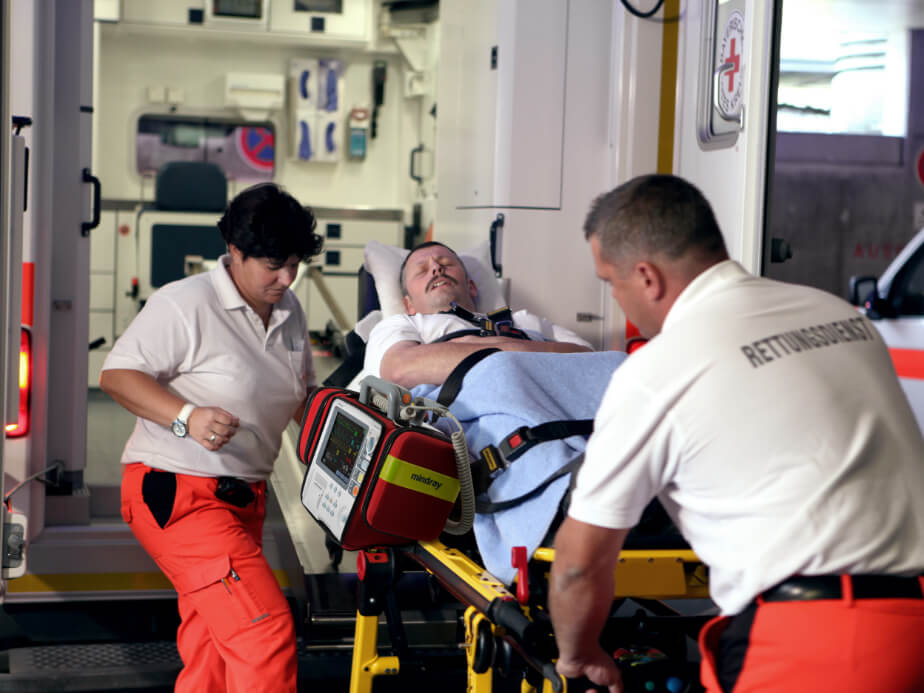
Save time, save lives
While the patient is in transit to hospital, clinicians in the ‘rescue chain’ from the ambulances to the hospital, face the problem of finding the best way to pass on critical information to the hospital prior to the patient’s arrival.
Mindray's M-connect Pre-hospital Solution allows the clinician to be involved in the rescue right from the beginning by sharing real-time patient information between ambulance and hospital.
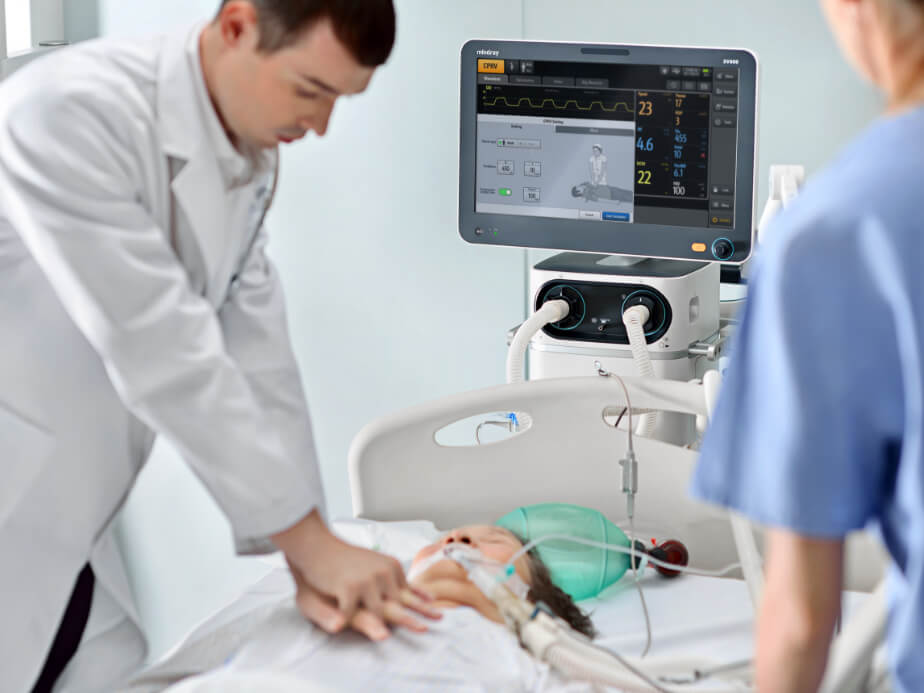
Sudden cardiac arrest in ICUs
Time is of the essence. Timing and precision in Cardio-Pulmonary Resuscitation (CPR) can mean life and death for patients suffering cardiac arrest. A combination of precise ventilation, compression rhythm, and monitoring the return of spontaneous circulation (ROSC) is needed by patients requiring CPR. Thanks to Mindray’s CPRV mode, clinicians can work with confidence even in the most stressful environments. Manual resuscitation is freed up while compression promotion is provided, which continues CO2 monitoring and even improving venous return with Mindray’s patented e-ITD technology.
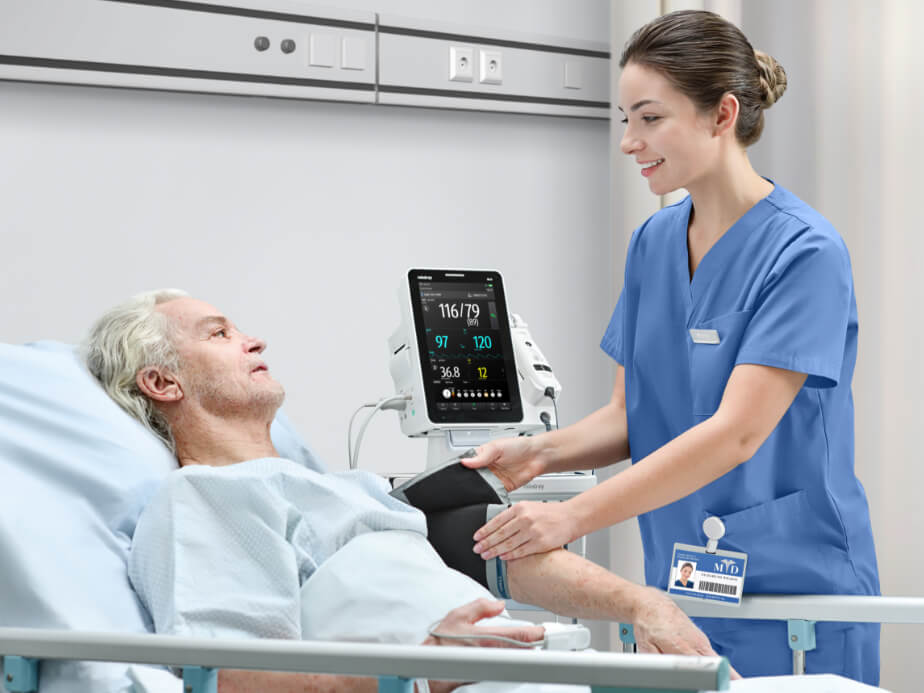
Early recognition of deterioration
Vital signs play an important role in emergency departments (ED) to determine which patients are at risk of deterioration. Even though it can be accurately predicted by vital sign changes, clinical deterioration often goes unnoticed, or is not detected until it is too late [1].
Automation of EWS in the vital signs monitoring system has decreased the time required for vital sign measurement and recording. The result is an improvement in the proportion of rapid-response-team-calls triggered by respiratory criteria, and an increase in the survival rate of patients receiving rapid-response-team-calls.

